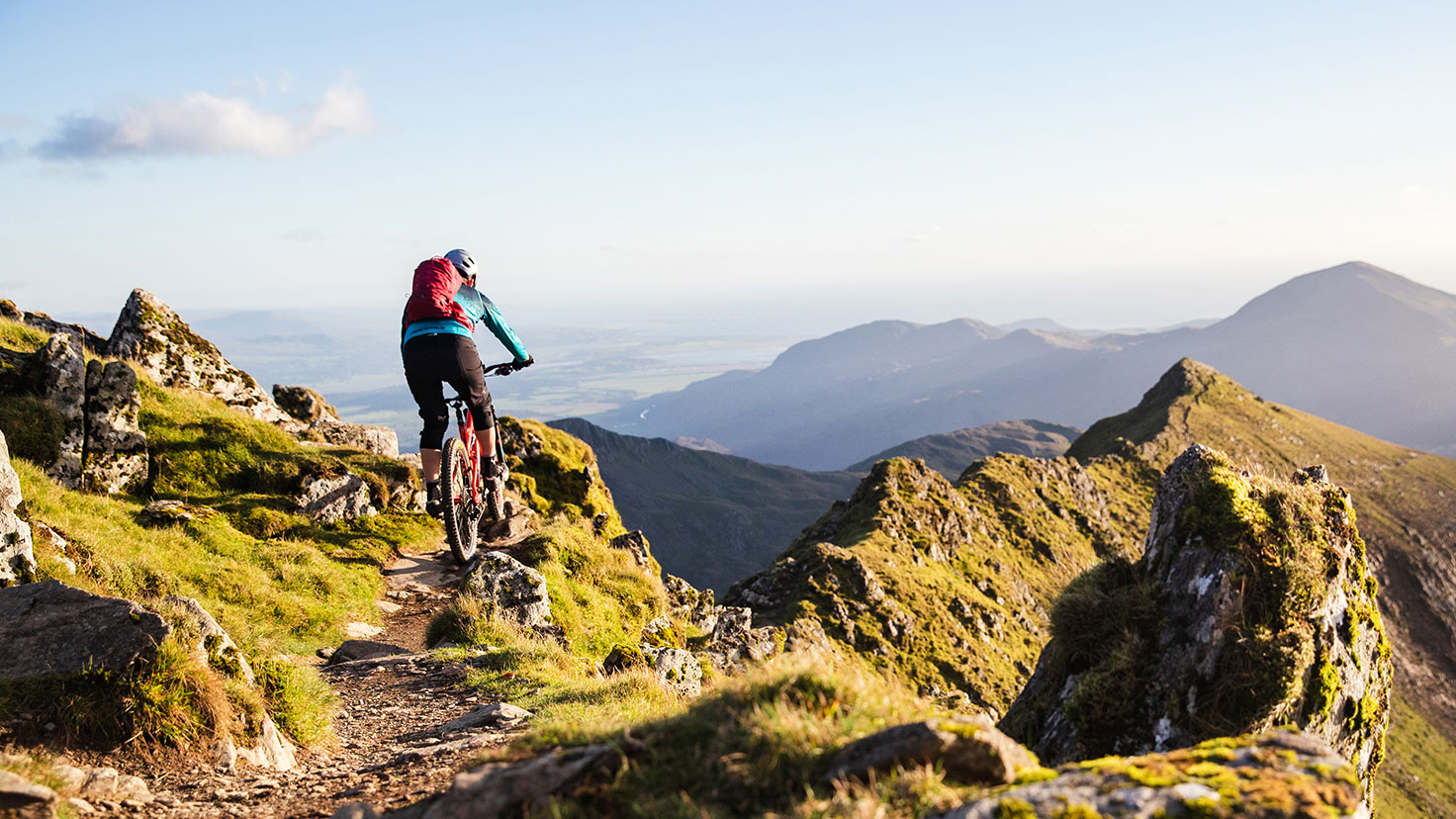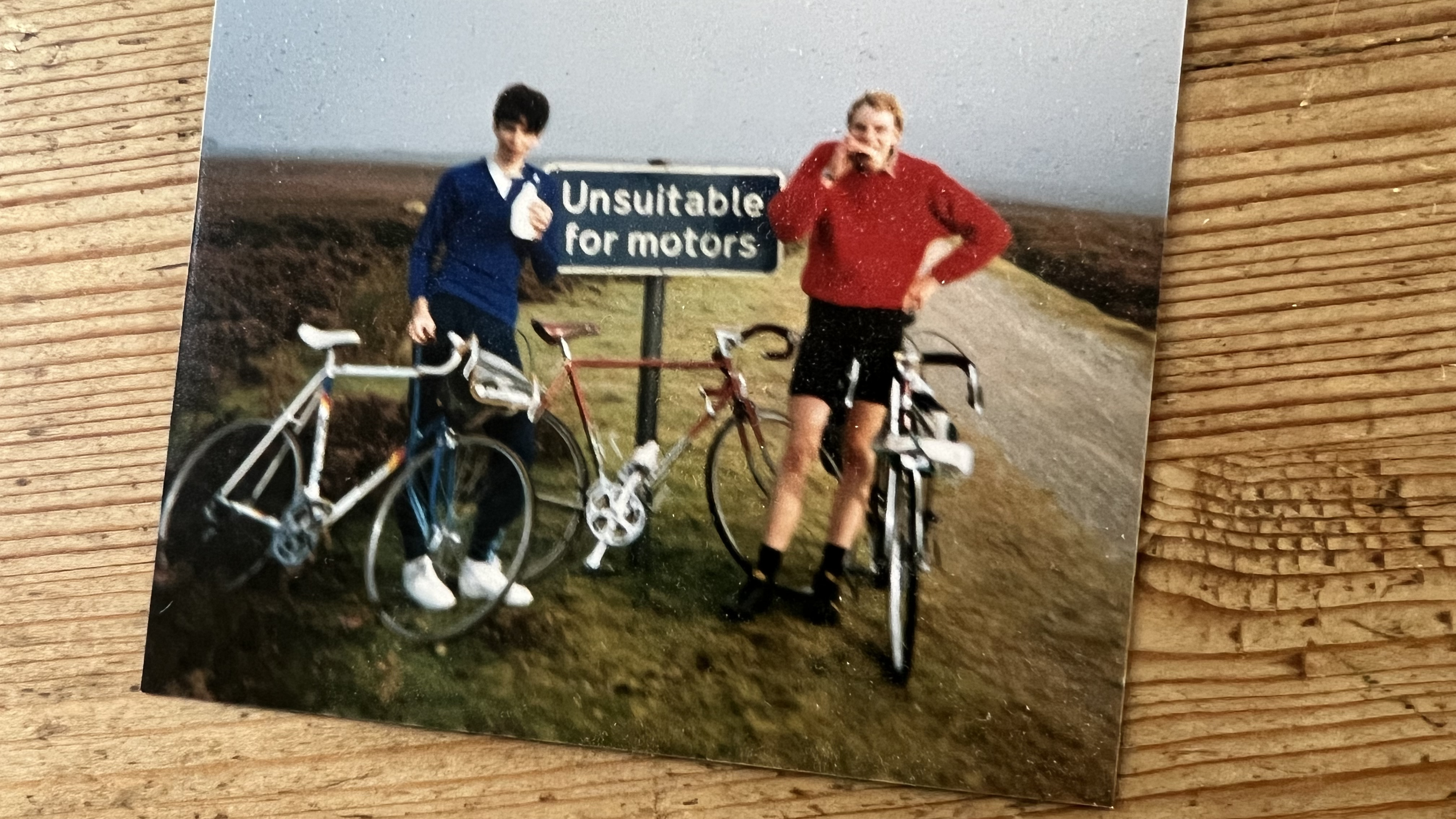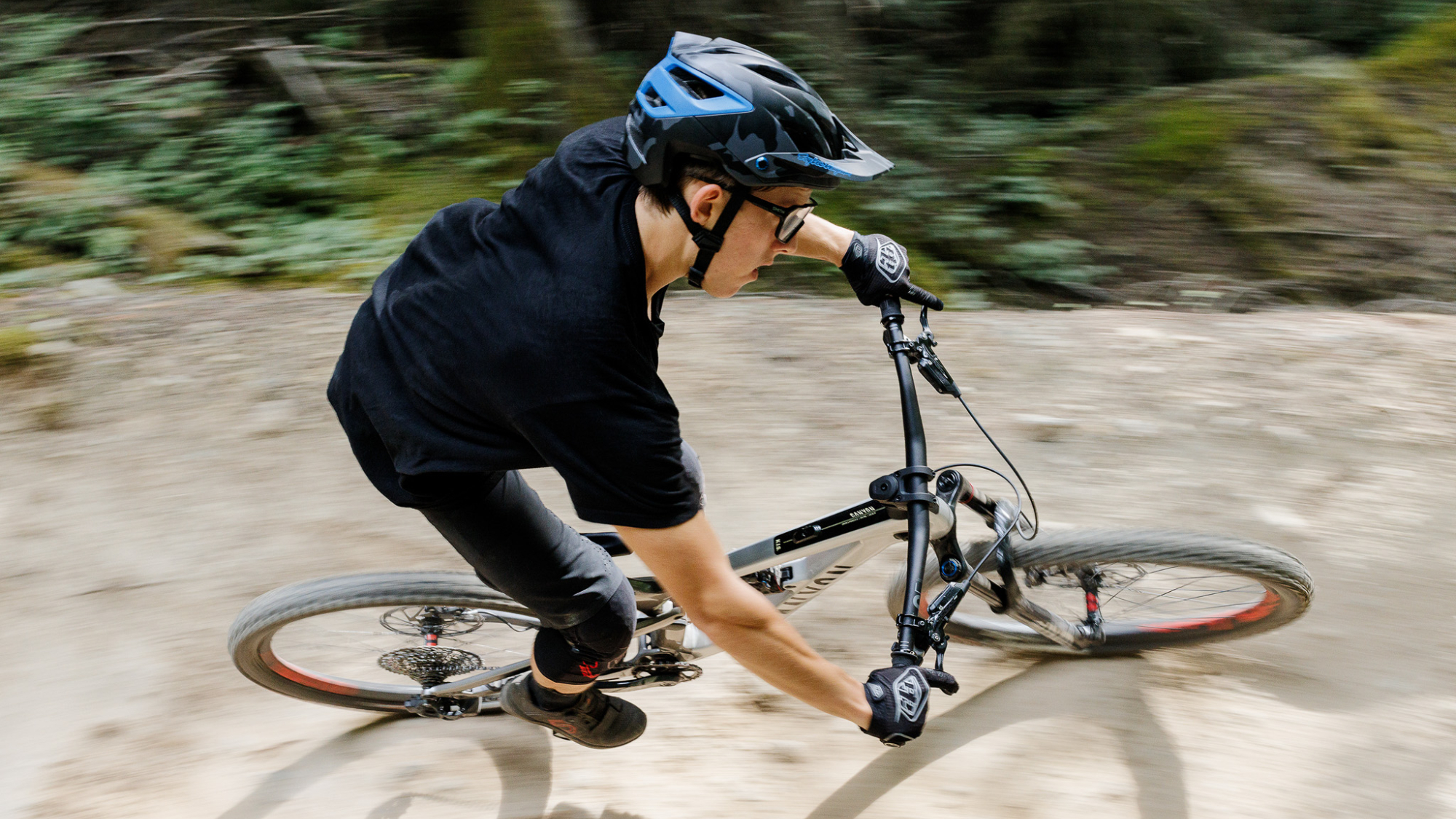Bespoken Word – tech-ing the next steps
Continuing where he left off last week, Guy Kesteven talks about whether increased bike tech causes more access/conflict issues or whether it might actually help answer some of them

Last week I wrote about the fact that every time we make mountain biking easier, we let more people into the special places that our fitness or skill have made exclusively ours until now. By definition that often increases ‘cheeky’ traffic to a point where conflict with other users or landowners becomes frequent enough to be a real issue.
Lowering the skill and fitness barrier is also often claimed to short-circuit and undermine the learnings that come from doing your time outside. The argument is that by the time you were good enough to get up and down a serious mountain by using hard-earned fitness, determination, and a map you had a pretty good appreciation and respect for what could go wrong up there. Now you can just download a non-legal route onto your GPS, stick your Bosch in turbo, and head straight into the hostile faces of gamekeepers/walkers or the more welcoming but ultimately less forgiving arms of hypothermia. I can’t help feeling uneasy about potential issues created by tech when I'm seeing video after video of people ‘shredding’ singletrack footpaths in super busy hiking areas. Especially if it’s clear those riders would never have known about the trail without social media or got up to the top of it (which can be done on a legal bridleway) without an e-bike.

Tech for escape
Hold on a minute though you miserable old git. History tells us the whole explosion of mountain biking was due to the escape opportunities it provided. At a time when attitudes to road cycling were very hostile among much of the population (sound familiar), these bikes were a way to escape from cars, cops, and concrete. I mean you could do it back then on a cyclocross bike, but you’d need to take several spare tires and be prepared to walk the climbs and nurse the descents. Suddenly these new bikes appeared that could not only climb up mountains with their mongrel gears but make charging down them fun too.
That inevitably put bikers into contact and potential conflict with other outdoor users and land owners/managers back then as it does now. You can’t deny that their lives would be slightly less complicated and more peaceful if they only had horses and hikers to worry about too. However, while we do sometimes rub people up the wrong way, on the whole, we’ve all rubbed along together fine.
I think we’re in definite danger of being too apologetic here too. For a start as long as we’re not being total dicks and putting other people in danger or needlessly damaging rare habitats or causing other serious environmental issues in a way that’s specific to bikes, then we have just as much right to access as other recreational users.
With similar ‘don’t be a dick’ caveats, I think everyone has a right to choose whatever level of tech/type of bike they want to suit their riding style/skills/fitness and get the experience they want.

I also think we’re winning when it comes to bikes getting better. For a start, I can still remember hurtling apologetically down tracks towards innocent bystanders back in the '80s. Not because I didn’t want to stop, but because my woeful cantilever brakes meant I physically couldn’t stop however hard I heaved on the four-finger levers. Even if they stepped aside that didn’t guarantee them safety as the 150mm stem, 19in bar, rigid fork, and road bike angles of my Giant Explorer meant that line choice was generally a locked jaw lottery. But then we’d have all been in even more peril if I’d still been on my previous Dawes Super Lightning road bike that I’d squeezed sort of knobbly tires into for ‘rough stuffing’ on.
So while better and better bikes are opening up more and more areas to riding, modern bikes are fundamentally safer for other trail users, simply because we’re far more likely to be able to stop/steer/see. Taking other users out of the equation, the less we hit the ground and hurt ourselves the less of a load we are on emergency services and healthcare systems.
That’s offset by the more extreme trails that we ride to feel suitably entertained on modern bikes, but those trails are less likely to attract other users and create direct conflict. For example, I’ve never seen anyone walking their dog up the Golfie, or a group of hikers parading up the steepest sections of Wharncliffe, because it’s pretty obvious they’re not made for, or suitable for that. To keep them under the landowner/NIMBY radar these trails also tend to be in the steeper, rockier, further from town/car park areas or remote woods. Areas that ‘normal’ people use a lot less than the mellow, convenient access areas.
Being able to find/follow more routes and extend our riding range through technology also spreads the user load across a wider area. So while Strava, TrailMaps, YouTube, Instagram etc. can – and have – been used as evidence in getting trails closed or destroyed, I’m sure most of us have fattened up our potential ride menu with them. As I keep saying, it’s just a case of being aware of when what we’re doing now might be causing an issue further down the line and pressing ‘private’ more than ‘public’.

So, back to the original point, when I was slithering along a ‘cheeky’ (it sounds more forgivable than illegal/unsanctioned doesn’t it?) singletrack with my pals on a steel gravel bike (not that different to my old Dawes Super Lightning) the other night I didn’t feel guilty. When we bumped into some other mountain biking mates coming the other way on full-suspension e-MTBs I didn’t get angry either. Because otherwise they might well have been sat at home or down the pub. Not out playing in the dark for at least a couple of hours of health and happiness-boosting fun. And for the record these aren’t ignorant newbies, these are lads who’ve been riding for years on conventional bikes and are well-equipped and fully experienced in outdoor safety. People who pick up litter, stop and chat with ramblers, pat dogs, and use tech and trails responsibly.
That’s a whole other side of things to get into though – probably next week.

Guy Kesteven has been working on Bike Perfect since its launch in 2019. He started writing and testing for bike mags in 1996. Since then he’s written several million words about several thousand test bikes and a ridiculous amount of riding gear. He’s also penned a handful of bike-related books and he reviews MTBs over on YouTube.
Current rides: Cervelo ZFS-5, Specialized Chisel, custom Nicolai enduro tandem, Landescape/Swallow custom gravel tandem
Height: 180cm
Weight: 69kg
